Autumn is on the way, and that means it’s time for fried chicken fried egg sandwiches in Japan
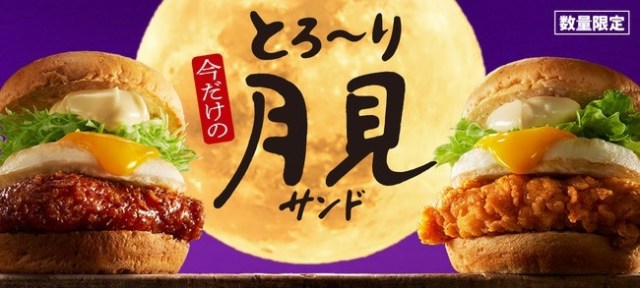
Tsukimi sandwiches on their way back to KFC Japan, in katsu and non-katsu forms.
Japan loves seasonal foods and flavors, and though we’ve still got a few days of summer left, stomachs are starting to get ready for fall. Autumn is the favorite season of many foodies in Japan, when they look forward to enjoying such seasonal treats as persimmons, chestnuts, and fried chicken sandwiches with fried eggs.
Sure, that last one isn’t seasonal in the sense of the others, since even Japan isn’t so magical a land that fried chicken sprouts from trees come the fall. What does happen each year, though, is the autumn tradition of tsukimi, or moon-viewing, which is why KFC Japan is brining back its tsukimi sandwiches with fried eggs topping the fried chicken.
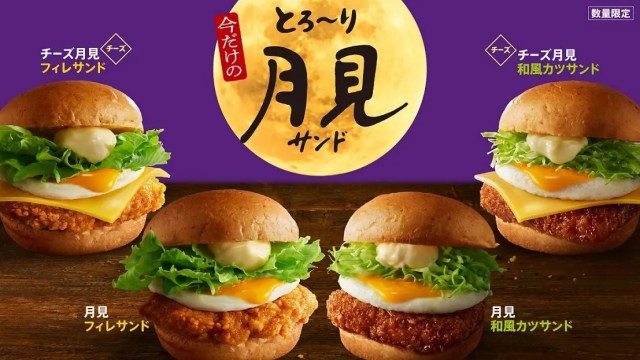
See, in addition to meaning “moon-viewing,” tsukimi is also shorthand for “egg.” That use originated with noodles when someone noticed that dropping a raw egg into a bowl of soba or udon caused it to spread into a circular shape and cook in the hot broth, ending up looking like a full moon. Recently, the tsukimi-means-egg concept has expanded to hamburgers and burger-like sandwiches, and while you can find tsukimi soba and udon at any time of year, KFC Japan only brings out its tsukimi sandwiches around tsukimi season in the fall.
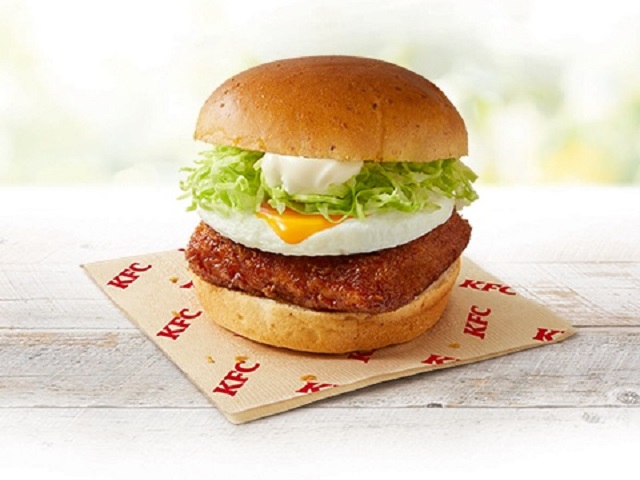
If you want yours to taste as Japanese as possible, you’ll want to opt for the Torori Tsukimi Wafu Katsu Sandwich (“Melty Tsukimi Japanese-style Cutlet Sandwich”) pictured above, which stars a chicken cutlet drizzled with a teriyaki soy sauce topped with a fried egg and with a layer of shredded cabbage (the customary vegetable sidekick in a katsu meal).
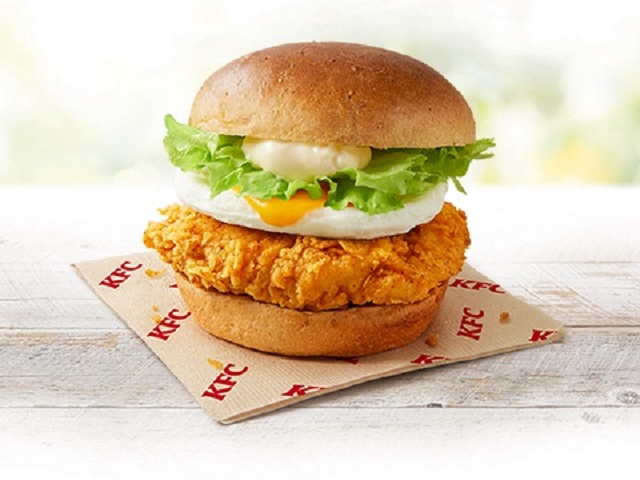
Alternatively, there’s the Torori Tsukimi Chicken Filet Sandwich, which uses a more customary fried chicken-style breading than the panko encrusting the katsu sandwich gets, and also lettuce instead of cabbage.
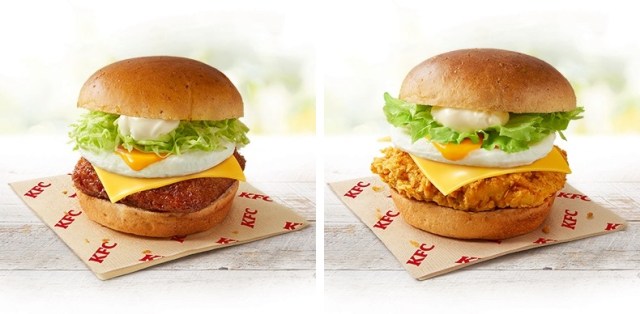
Both sandwiches are priced at 460 yen (US$3.40) or 490 with cheese (cheese has no lunar linguistic or cultural connection in Japan – people just like it). They go on sale August 31, with the nebulously unedified “for a limited time while supplies last” that’s so often a part of seasonal restaurant items in Japan, but with the full moon coming on September 10 odds are they’ll be around at least until then.
Source, images: PR Times
● Want to hear about SoraNews24’s latest articles as soon as they’re published? Follow us on Facebook and Twitter!
Credit:

0 comments:
Post a Comment